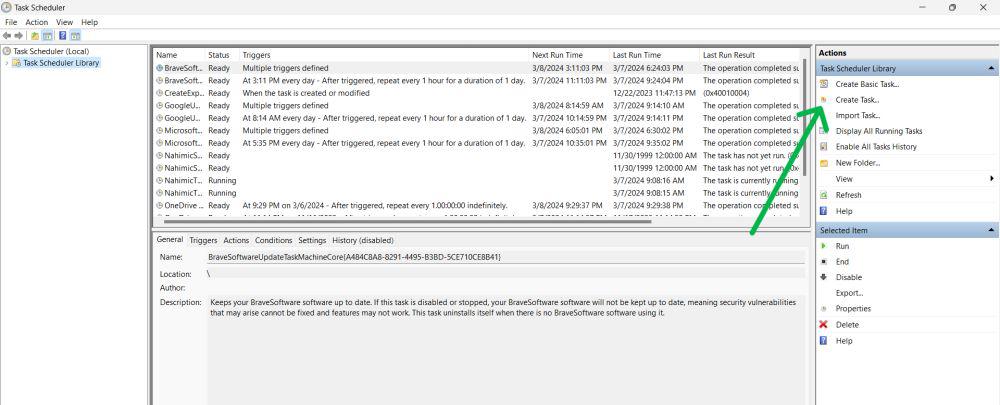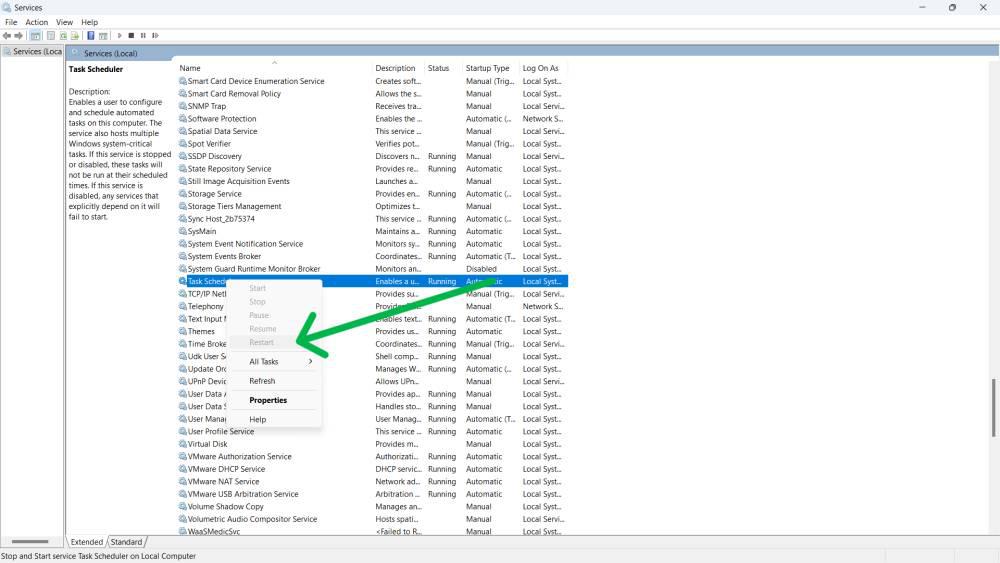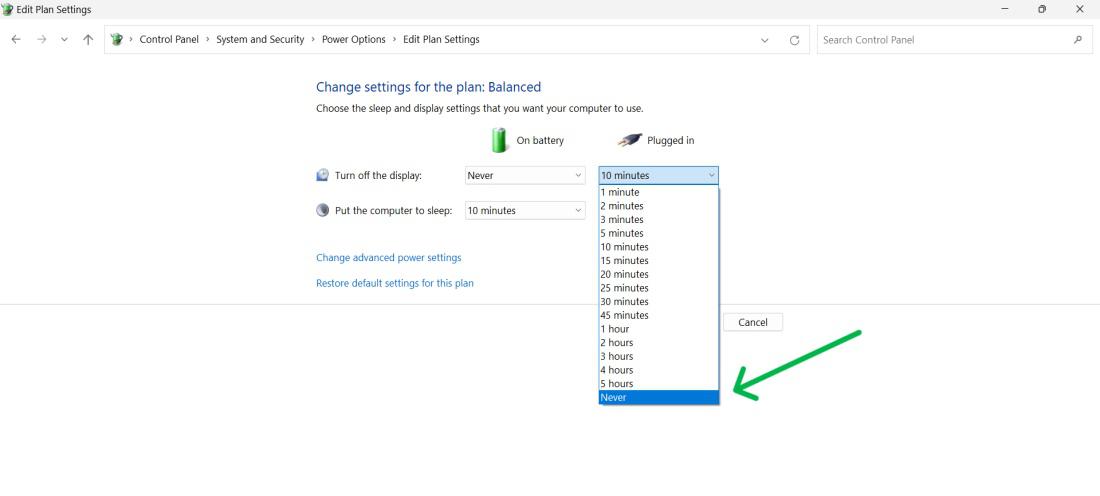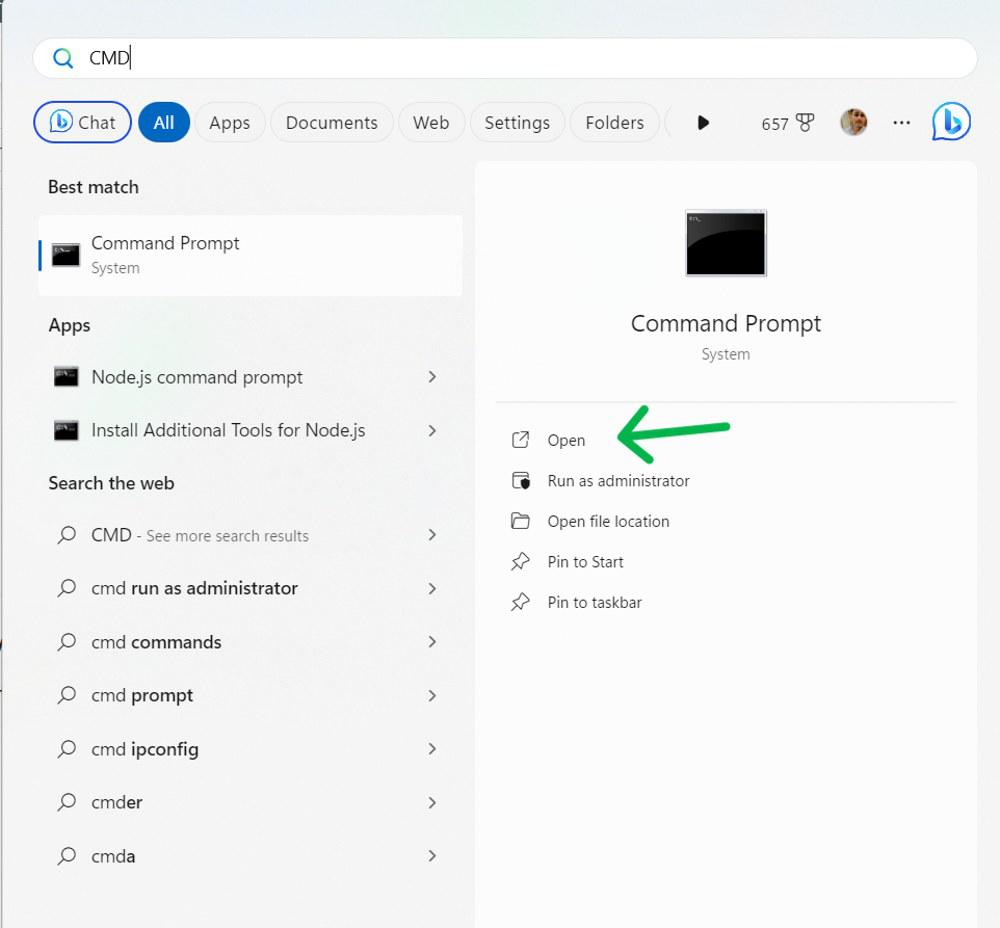
|
|
The Task Scheduler automatically executes tasks based on user selection or creation. However, users may encounter errors like 0x800710e0 when updating tasks after changing their domain password or selecting the Run whether the user is logged on option. This error usually indicates a problem with task permissions or system settings. Resolving this issue can ensure smooth task execution. In this article, We’ll show you how you can fix Operator Refused the Request Error in Windows. Table of Content Error Messages while Using Windows Task SchedulerIf users want to automate all the internal tasks on Windows, Task Scheduler plays a major role in developing the initial processes. Sometimes users see some internal error messages while running it. Here, we’ll mention those error messages for better understanding –
Users can monitor all the errors, and after that, they can update it by following some processes. How to Fix: Operator Refused the Request Error in Windows Task SchedulerHere, we’ll discuss how to fix the issue when the operator refuses the request error in the Windows task scheduler by some important methods. Method 1: Tweak the Power settingsIf you’re using a laptop/PC and see an error like “Operator or Administrator has Refused the Request 0x800710E0,” it’s often because your laptop is in battery mode. The problem? Some tasks ask for more power than your battery can give. Changing your power settings can fix this. We’ll show you how. This way, your Task Scheduler will work great, even if you’re not plugged into any power. Step 1: Press Windows Key + I to open the search bar then on the search bar type “Task Scheduler“ Step 2: In UAC, Click on the Yes button Step 3: Click the “Create Task” button in the right pane. Step 4: After clicking on the “Create Task” navigate to the “Conditions” Tab Step 5: Under the power section, Uncheck the box next to “Start the task only if the computer is on AC power“ Step 6: Click on the “OK” button
Method 2: Check Proper Permissions and PrivilegesIncorrect user permissions can also lead to the “Operator Refused the Request” error. To rectify this, follow these steps: Step 1: Press Windows Key + I to open the search bar then on the search bar type “Task Scheduler” Step 2: In UAC, Click on the Yes button Step 3: Click the “Create Task” button in the right pane.
Step 4: After clicking on the “Create Task” navigate to the “General” Tab. Step 5: Tick “Run whether user is logged in or not.” Step 6: Click on “Change User or Group“ Step 7: Type “Administrator” and hit “Check Names” > click on “OK“
Ensure the user running the task has required privileges when selecting “Run with highest privileges“. For example, if the task runs application X under user A needing admin privileges, ensure user A is part of the administrator’s group. Step 1: Right-click on the application and select Properties. Step 2: Select the Security tab and click Edit. Step 3: Under Permissions, select the user account and check the applicable permissions. If the user is not available, click the Add button to add the user.
Method 3: Check for Conflicting InstancesAn existing task instance may sometimes run and block a new one from starting. To clear any remaining instances, stop and restart the task scheduler service. Step 1: Open Windows Services:
Step 2: Restart Task Scheduler:
Method 4: Disable Sleep ModeOne way to fix the “Operator or Administrator has Refused the Request” error in Task Scheduler is to turn off sleep mode. Sleep mode can mess with Task Scheduler’s tasks and lead to this error. So, by turning it off, Task Scheduler can work smoothly. Here’s how to do it: Step 1: Press Windows Key + S, then type “Control Panel” into the search bar. Step 2: Click System and Security. Step 3: Then, Click Power Options.
Step 4: Click “Change plan settings” under “Select Plan“. Step 5: From the dropdown select “Never“
Method 5: Run an SFC ScanAn SFC scan can locate and fix system files that might be causing the error. Here’s how to run an SFC scan: Step 1: Open Command Prompt as administrator.
Step 2: Type sfc /scannow and press Enter. Wait for the scan to complete.
Hence we have learnt all possible methods to fix Operator Refused the Request Error in Windows Task Scheduler.
How Do I Enable & Disable History In Task Scheduler?Step 1: Press Windows Key + I then on the search bar type “cmd” then click on Run as administrator Step 2: Type the following commands to enable task scheduler history wevtutil set-log Microsoft-Windows-TaskScheduler/Operational /enabled:true
Step 3: Press the Enter button To disable the task scheduler history type the following command wevtutil set-log Microsoft-Windows-TaskScheduler/Operational /enabled:false
ConclusionIn Conclusion, The “Operator Refused the Request” error in Windows Task Scheduler can be resolved by changing power settings, setting user permissions, disabling sleep mode, or running an SFC scan. Always remember to create a system restore point before making any changes to your system settings. Also Read
Fix: Operator Refused the Request Error in Windows Task Scheduler – FAQsHow to Fix The Operator or Administrator Has Refused The Request?
Why is my scheduled task not running?
How do I fix a Task Scheduler error?
|
Reffered: https://www.geeksforgeeks.org
| TechTips |
Type: | Geek |
Category: | Coding |
Sub Category: | Tutorial |
Uploaded by: | Admin |
Views: | 14 |








